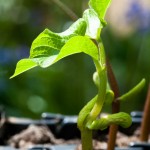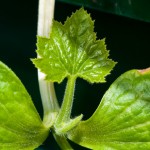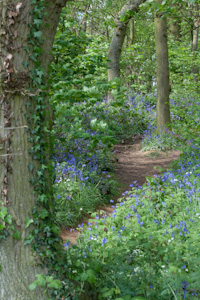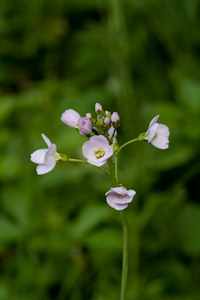If you spend over £50k on energy each year then the Carbon Trust will perform a free energy audit of your Company and will then issue a report which will highlight areas that they feel could be improved and the cost and payback time for any such investment.
As a site we pay more than that each year on electricity alone, as a Company, goodness only knows. So, late last year I booked a survey. This took a little while longer to complete than initially expected, partly due to the internal requirements at our Company, and partly due to the person allocated as our Account Manager going off on paternity leave!
First of all, the Carbon Trust did not carry out the survey, they subcontract this work to a number of consultancies (this also adds to the timeframe as there is communication between the Carbon Trust and the consultancy, the Carbon Trust and the company requesting the audit and the consultancy and the company being audited) – all a bit overly convoluted!
The audit lasted about three hours, partly discussing problems encountered / solutions offered to other (nameless for the sake of confidentiality) companies and partly walking around the site and talking to the maintenance department about electricity supplies and compressors (something I will freely admit I know little about and which I will hopefully rectify in the coming year). It seemed as though there were areas that he had already decided would be the main places for consideration – I am not sure whether this is because he had visited one of our smaller sites or whether it was because these are usually areas for improvement at most companies. These included the aforementioned compressor, lighting and the voltage used to power the lighting.
About a month or so later we were issued with a fairly comprehensive report with recommendations for improvement, costs and potential savings. These varied in complexity and price, the easiest being training to raise energy awareness…




